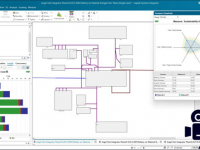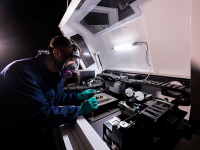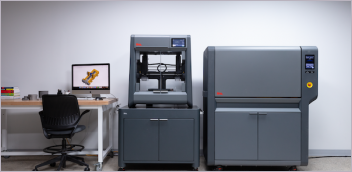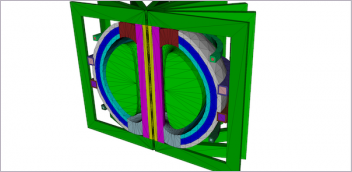
April 28, 2023
Medical device design is rapidly evolving, as manufacturers turn to advanced technologies to meet regulatory requirements, materials requirements and supply chain challenges.
Increased use of simulation and computer-aided engineering have helped accelerate the design and development of medical devices and other healthcare equipment. Additive manufacturing (often deployed within hospitals) has also changed the way these devices are designed and manufactured. Increasingly, simulation data is being used to accelerate development and augment physical testing.
Digital Engineering’s Special Focus Issue on the healthcare industry takes a look at leading-edge design and manufacturing trends in this space.
We hope you enjoy the issue.
Download today
Latest News

Siemens Capital Update Available
Capital electrical and electronics (E/E) systems development software has tools to support the E/E system and software architectures,...
Toyo Tire Picks HPE to Drive its AI Simulations
The expanded computational power reduces the time required for large-scale design simulations that Toyo Tire utilizes to train its AI...

ActCAD 2025 Product Suite Available Now
ActCAD 2025 includes Premium, Standard, and Map Drafter.

New Quad Cities Manufacturing Institute Launched for Defense Sector
QCMI is a university-based partnership that will focus on research and development, and workforce development in advanced manufacturing and materials.
Cimatron 2025 CAM Tool Now Available
Notable enhancements include improved profile enhancements for CAM 3X, enhanced auto tilt capabilities for CAM 5X, and more.
SME Introduces “Ready to Hire” Program
Aim is to deliver a qualified talent pipeline for manufacturers, SME reports.
All posts
New & Noteworthy

New & Noteworthy: Fast, Flexible and Scalable Simulation – In the Cloud
Ansys Access on Microsoft Azure enables seamless deployment of industry-leading simulation tools...

New & Noteworthy: Safe, Cost-Effective Metal 3D Printing - Anywhere
Desktop Metal’s Studio System offers turnkey metal printing for prototypes and...

New & Noteworthy: Direct Neutronics Analysis on CAD
Coreform Cubit 2023.11 workflows enable neutronics directly on CAD for next-generation nuclear energy...

New & Noteworthy: Agile Engineering Collaboration
Authentise Threads is a new software tool for distributed communications and project...
